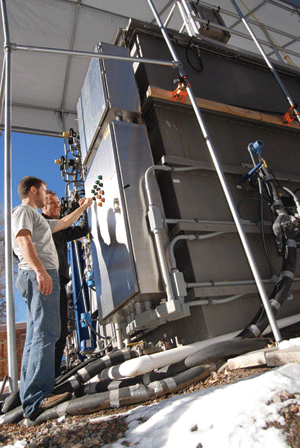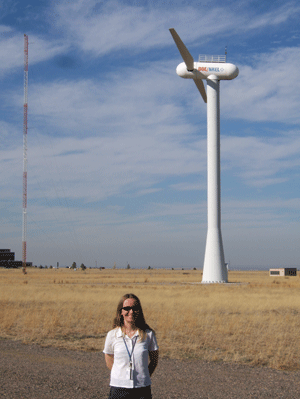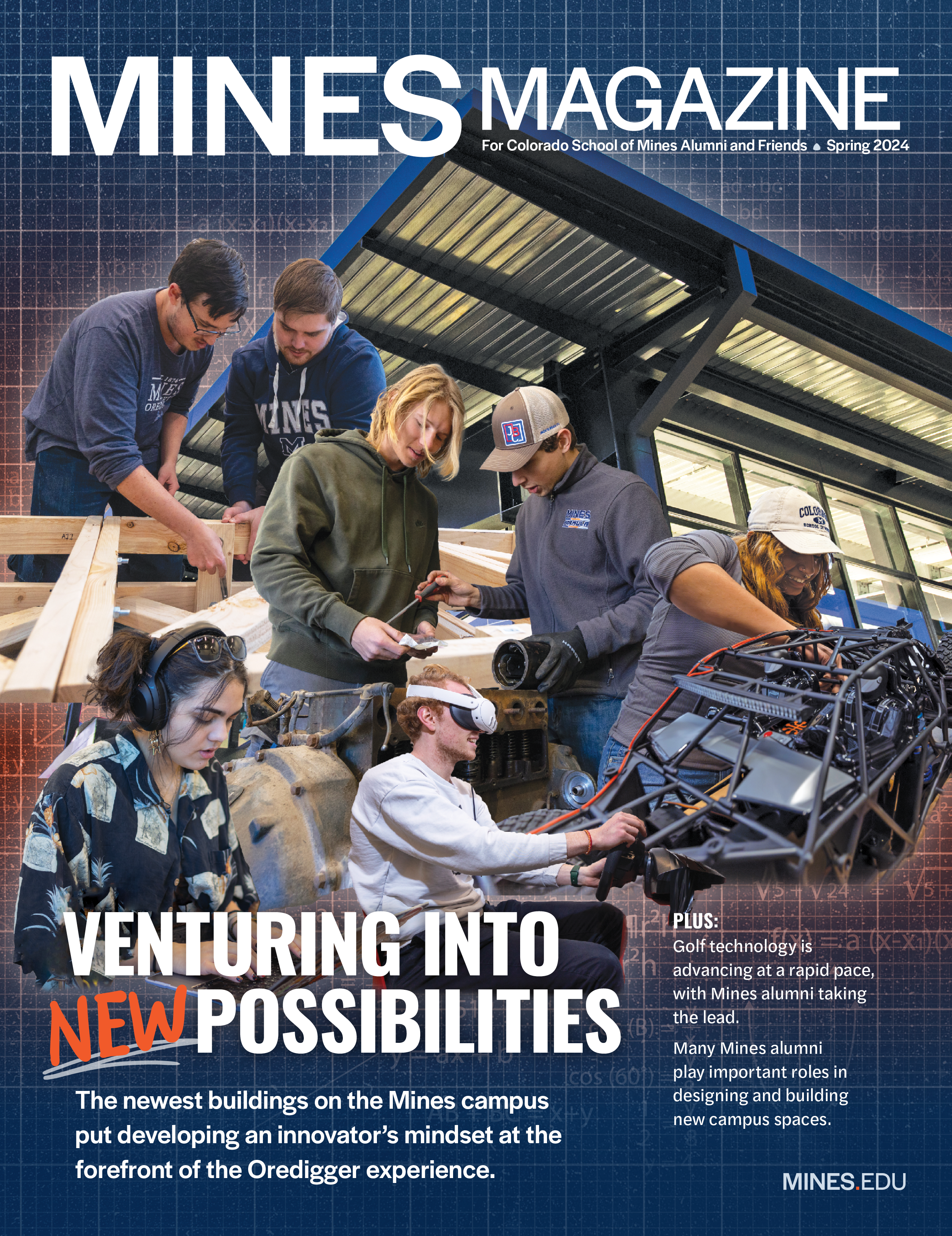Economic Models Inform Policy Decisions |
 “You always want to be forward-looking, right?” says Ed Balistreri, a recently tenured associate professor in the Division of Economics and Business. “That is key to rational policy. You have to understand what the consequences of the policy being imposed today will be in the future.”In a complex economy, that’s not easy. Balistreri explains that well-meaning laws aimed at improving the environment can have unintended consequences. For example, a national carbon tax in the U.S. could simply displace production to less-regulated regions, thereby increasing the total carbon footprint of a given product, especially when transportation back to the U.S. market is factored in.Forecasting such “leakage” is just the kind of data that Balistreri’s Computable General Equilibrium (CGE) models provide. Depending on the complexity of the question it’s designed to answer, a model might incorporate thousands of equations, sometimes more than 10,000, made up of original formulations combined with models that have been evolving since the eighties. “A general equilibrium [model] is essentially a representation of everything. It’s an economy-wide representation,” Balistreri says. “You always want to be forward-looking, right?” says Ed Balistreri, a recently tenured associate professor in the Division of Economics and Business. “That is key to rational policy. You have to understand what the consequences of the policy being imposed today will be in the future.”In a complex economy, that’s not easy. Balistreri explains that well-meaning laws aimed at improving the environment can have unintended consequences. For example, a national carbon tax in the U.S. could simply displace production to less-regulated regions, thereby increasing the total carbon footprint of a given product, especially when transportation back to the U.S. market is factored in.Forecasting such “leakage” is just the kind of data that Balistreri’s Computable General Equilibrium (CGE) models provide. Depending on the complexity of the question it’s designed to answer, a model might incorporate thousands of equations, sometimes more than 10,000, made up of original formulations combined with models that have been evolving since the eighties. “A general equilibrium [model] is essentially a representation of everything. It’s an economy-wide representation,” Balistreri says.
To date, he’s developed models for governments, regulatory agencies, corporations, the World Bank and the International Trade Commission. Keith Maskus, an economics professor and associate dean for social sciences at the University of Colorado, says Balistreri’s work influences international trade analysis and environmental economic policy in numerous ways. “I think his work has helped reduce the substantial uncertainty policymakers face in predicting how climate-change regulations, such as a carbon tax or cap-and-trade policy, might affect the U.S. and global economies,” says Maskus. “And I think this work has increased the likelihood that governments, including the U.S., will reach an international agreement on regulation that should reduce greenhouse gas emissions.” Balistreri collaborates frequently with Thomas F. Rutherford, chair of energy economics at the Center for Energy Policy and Economy at ETH Zurich, a science and technology university in Switzerland. He and Rutherford are incorporating promising new international trade theories into models of carbon and international trade, and co-writing a chapter on imperfect competition for a book on CGE modeling. One of Balistreri’s former doctoral students, Lauren Davis ’09, has taken the economic modeling skills she learned at Mines and is applying them to regulatory impact analysis on proposed rules for air pollution, including greenhouse gas emissions and other environmental quality issues. She and Balistreri built a similar model for Colorado, evaluating the impact of potential state-level emissions policies. “I enjoyed taking classes from Dr. Balistreri and having him as a thesis supervisor because he stays focused on the big picture, but is also very sharp on details,” Davis says. For someone who keeps his eyes so firmly fixed on the future, Balistreri speaks a lot like someone who has arrived at a destination – professionally speaking, that is. After doctoral studies at CU-Boulder, he spent eight years in Washington, D.C. Five were spent with Charles River Associates, where he focused on climate change research; the remainder were with the International Trade Commission, researching international trade policy. At Mines Balistreri’s been able to combine these interests. “I am very happy to be doing this. I am studying the issues that I think are critical for reasonable policy,” says Balistreri, who knows the far-reaching consequences of unreasonable policy better than most. Balistreri makes his models publicly available online, so while the present-day impact of his work might be easily traced, the ripple effects could reach across borders and far into the future, making them harder to calculate – except maybe for Balistreri himself. |





